-
 bitcoin
bitcoin $118548.520763 USD
3.67% -
 ethereum
ethereum $4352.564943 USD
4.79% -
 xrp
xrp $2.964058 USD
4.22% -
 tether
tether $1.000565 USD
0.05% -
 bnb
bnb $1028.372955 USD
1.46% -
 solana
solana $221.373507 USD
6.00% -
 usd-coin
usd-coin $0.999933 USD
0.02% -
 dogecoin
dogecoin $0.248633 USD
6.85% -
 tron
tron $0.341444 USD
2.38% -
 cardano
cardano $0.852946 USD
5.82% -
 hyperliquid
hyperliquid $47.869306 USD
6.15% -
 chainlink
chainlink $22.561476 USD
6.01% -
 ethena-usde
ethena-usde $1.001258 USD
0.05% -
 avalanche
avalanche $30.660000 USD
2.06% -
 stellar
stellar $0.400917 USD
9.76%
How to choose a Bitcoin wallet for mining?
A Bitcoin wallet doesn’t mine but securely stores rewards; choose a non-custodial, secure wallet like Ledger, Trezor, or Electrum to control your private keys and receive mining payouts safely.
Jul 29, 2025 at 04:43 am
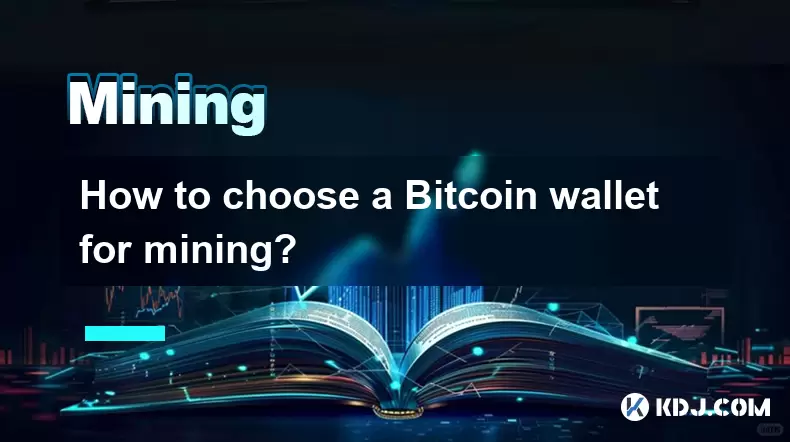
Understanding the Role of a Bitcoin Wallet in Mining
When engaging in Bitcoin mining, the primary goal is to validate transactions and secure the network in exchange for newly minted BTC. However, the rewards earned from mining must be stored securely. This is where a Bitcoin wallet becomes essential. It's important to understand that the wallet itself does not participate in the mining process. Instead, it serves as the destination for receiving and storing mined Bitcoin. Therefore, choosing the right wallet is critical for ensuring the security, accessibility, and control of your mining rewards.
A common misconception is that mining software includes a built-in wallet. While some mining pools or software may offer temporary addresses, relying on them long-term is risky. You do not control the private keys in such cases, meaning you do not truly own the coins. To maintain full ownership, you must direct your mining payouts to a wallet where you control the private keys.
Types of Bitcoin Wallets Suitable for Mining Payouts
There are several types of Bitcoin wallets, each with different security and usability trade-offs. For miners, the focus should be on wallets that offer strong security, reliable transaction handling, and compatibility with mining pool withdrawal systems.
- Hardware wallets like Ledger Nano X or Trezor Model T are considered the most secure. These devices store private keys offline, protecting them from online threats. They support integration with mining pools through wallet address export.
- Software wallets such as Electrum or Sparrow Wallet are desktop-based and offer advanced features like transaction batching and fee customization. Electrum, in particular, allows connection to hardware wallets and supports watch-only addresses for monitoring mining payouts.
- Mobile wallets like BlueWallet or Muun provide convenience for checking balances and making small withdrawals. However, they are less secure than hardware options and should not hold large mining rewards.
- Paper wallets are technically secure but impractical for regular mining payouts due to the manual process of sweeping funds and risk of physical damage.
Miners should avoid web wallets or exchange-based wallets for long-term storage, as these are custodial and expose funds to third-party risks.
Key Security Features to Look for in a Mining Wallet
Security is paramount when selecting a Bitcoin wallet for mining. Since mining often generates consistent income, the wallet becomes a high-value target for attackers. The following features are essential:
- Private key control: Ensure the wallet is non-custodial, meaning only you have access to the recovery phrase and private keys. Custodial wallets, such as those on exchanges, should never be used for receiving mining rewards.
- Seed phrase backup: The wallet must generate a 12- or 24-word BIP39 recovery phrase during setup. This phrase allows you to restore your funds even if the device is lost or damaged.
- Multi-signature support: Advanced users may opt for multi-sig wallets like those offered by Sparrow Wallet or Unchained Capital. These require multiple signatures to spend funds, adding an extra layer of protection.
- Open-source code: Choose wallets with publicly audited, open-source code. This transparency ensures no hidden backdoors exist. Examples include Sparrow Wallet and Electrum.
- Firmware and software updates: Regular updates patch vulnerabilities. Hardware wallets like Ledger and Trezor release firmware updates that should be applied promptly.
Always verify the authenticity of wallet software by downloading it from official websites and checking PGP signatures when available.
Setting Up Your Wallet for Mining Pool Integration
Once you’ve selected a wallet, the next step is configuring it to receive mining payouts. Most mining pools require a Bitcoin address to which they send rewards. Here’s how to set this up properly:
- Open your chosen wallet (e.g., Electrum) and create a new standard wallet using a seed phrase.
- After setup, locate the 'Receive' tab to generate a Bitcoin address.
- Copy this address carefully, ensuring no characters are altered. It typically starts with 'bc1', '1', or '3'.
- Log in to your mining pool dashboard (e.g., Slush Pool, F2Pool, or ViaBTC).
- Navigate to the payout settings or wallet address configuration section.
- Paste your Bitcoin address into the designated field.
- Save the changes and confirm the address is active.
Some pools support Pay-Per-Share (PPS) or PPLNS models, which affect payout frequency. Regardless of the model, your wallet must be able to handle small, frequent transactions if the pool has a low payout threshold. For better privacy, enable address rotation in wallets like Electrum to generate a new receiving address after each payout.
Monitoring and Managing Mining Rewards
After linking your wallet to a mining pool, it’s crucial to monitor incoming transactions and manage your funds wisely. Most wallets provide transaction history and balance tracking.
- Use blockchain explorers like mempool.space or blockstream.info to verify transactions independently. Enter your receiving address to confirm confirmations.
- Enable transaction notifications in your wallet if available. Electrum, for example, can alert you when a transaction is broadcast.
- Consider consolidating small payouts periodically to reduce future transaction fees. This can be done manually by sending all funds to a new address in your same wallet.
- For hardware wallet users, always verify the receiving address on the device screen before confirming transactions to prevent malware from altering addresses.
Avoid keeping large amounts in hot wallets. Regularly transfer mining rewards to a cold storage solution like a hardware wallet kept offline.
Common Questions About Bitcoin Wallets for Mining
Can I use the same wallet address for multiple mining pools?Yes, you can use the same Bitcoin address across different mining pools. However, this reduces privacy by linking your activities. For better anonymity, generate separate receiving addresses for each pool using a wallet that supports multiple accounts or labels.
What should I do if my mining pool sends BTC to the wrong wallet?If you provided an incorrect address, recovery is nearly impossible due to Bitcoin’s irreversible nature. Always double-check the address in your pool settings. If the address belongs to a custodial service (e.g., an exchange), contact their support with transaction details—some may assist if the deposit was made to their system.
Is it safe to receive mining payouts on a mobile wallet?It is safe for small amounts, but not recommended for large or long-term holdings. Mobile devices are vulnerable to malware and physical theft. Use mobile wallets only for monitoring or transferring funds to cold storage.
Do I need to pay fees when receiving mining rewards?No, receiving Bitcoin is free. The mining pool pays the network fee to broadcast the transaction. However, when you later spend or transfer the received BTC, you will need to pay an outgoing transaction fee based on network congestion.
Disclaimer:info@kdj.com
The information provided is not trading advice. kdj.com does not assume any responsibility for any investments made based on the information provided in this article. Cryptocurrencies are highly volatile and it is highly recommended that you invest with caution after thorough research!
If you believe that the content used on this website infringes your copyright, please contact us immediately (info@kdj.com) and we will delete it promptly.
- BlockDAG, DOGE, HYPE Sponsorship: Crypto Trends Shaping 2025
- 2025-10-01 00:25:13
- Deutsche Börse and Circle: A StableCoin Adoption Powerhouse in Europe
- 2025-10-01 00:25:13
- BlockDAG's Presale Buzz: Is It the Crypto to Watch in October 2025?
- 2025-10-01 00:30:13
- Bitcoin, Crypto, and IQ: When Genius Meets Digital Gold?
- 2025-10-01 00:30:13
- Stablecoins, American Innovation, and Wallet Tokens: The Next Frontier
- 2025-10-01 00:35:12
- NBU, Coins, and Crypto in Ukraine: A New Yorker's Take
- 2025-10-01 00:45:14
Related knowledge
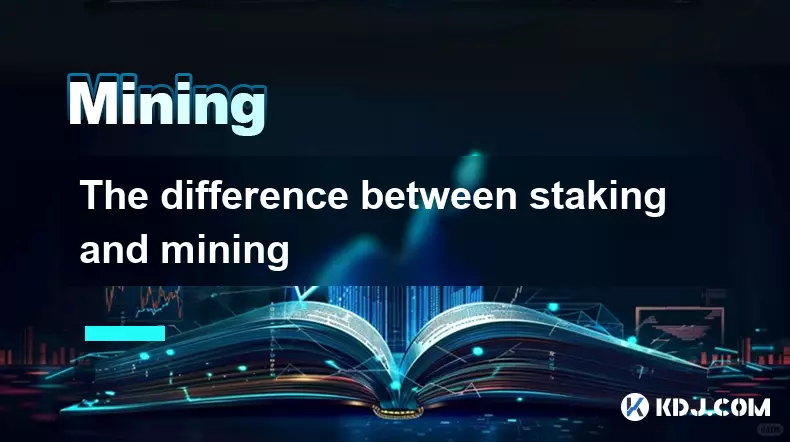
The difference between staking and mining
Sep 24,2025 at 05:18am
Understanding Staking in the Cryptocurrency Ecosystem1. Staking involves holding funds in a cryptocurrency wallet to support the operations of a block...
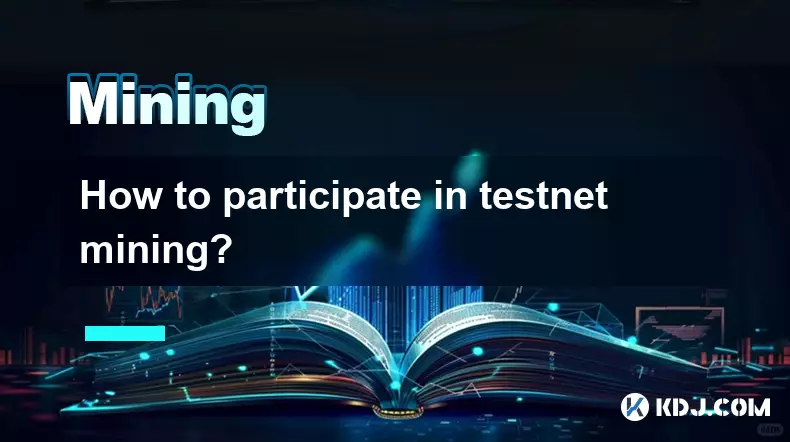
How to participate in testnet mining?
Sep 22,2025 at 09:18am
Understanding Testnet Mining in the Crypto Ecosystem1. Testnet mining is a method used by blockchain developers to simulate real-world conditions on a...

How to dispose of abandoned mining machines?
Sep 19,2025 at 08:19pm
Assessing the Condition of Abandoned Mining Rigs1. Begin by inspecting each mining machine for visible damage, corrosion, or missing components. Machi...

How to identify high-quality mining pools?
Sep 21,2025 at 03:19pm
Reputation and Track Record1. A mining pool’s reputation is built over time through consistent performance and transparency. Pools that have operated ...
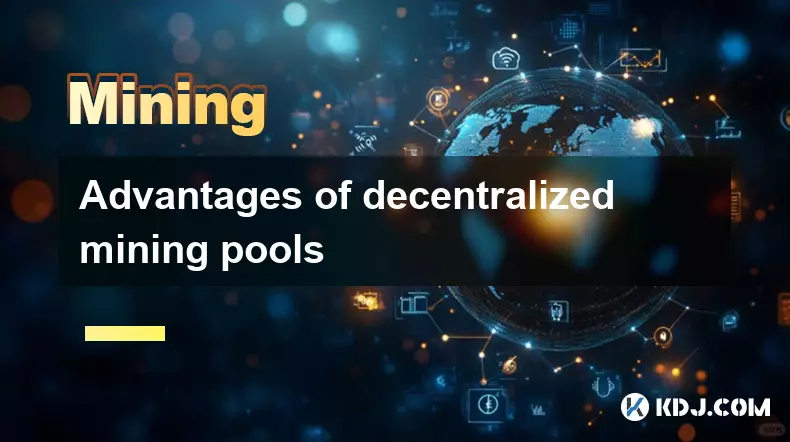
Advantages of decentralized mining pools
Sep 20,2025 at 04:36pm
Enhanced Security and Resistance to Censorship1. Decentralized mining pools operate on blockchain-based smart contracts, eliminating the need for a ce...
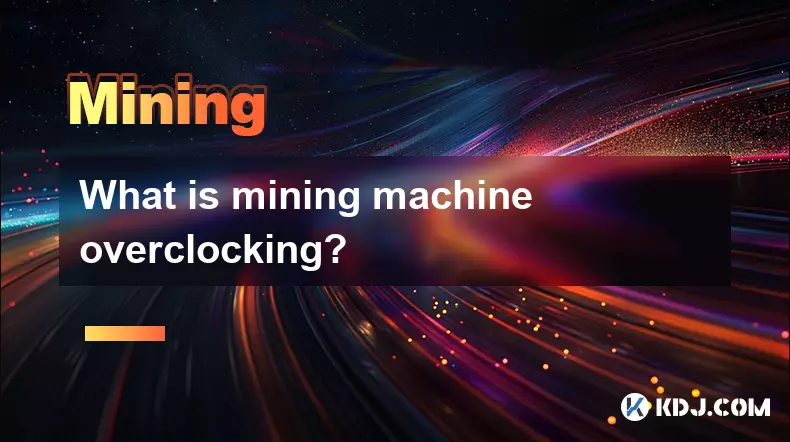
What is mining machine overclocking?
Sep 21,2025 at 07:19pm
Understanding Mining Machine Overclocking1. Mining machine overclocking refers to the process of increasing the operating frequency of a cryptocurrenc...

The difference between staking and mining
Sep 24,2025 at 05:18am
Understanding Staking in the Cryptocurrency Ecosystem1. Staking involves holding funds in a cryptocurrency wallet to support the operations of a block...

How to participate in testnet mining?
Sep 22,2025 at 09:18am
Understanding Testnet Mining in the Crypto Ecosystem1. Testnet mining is a method used by blockchain developers to simulate real-world conditions on a...

How to dispose of abandoned mining machines?
Sep 19,2025 at 08:19pm
Assessing the Condition of Abandoned Mining Rigs1. Begin by inspecting each mining machine for visible damage, corrosion, or missing components. Machi...

How to identify high-quality mining pools?
Sep 21,2025 at 03:19pm
Reputation and Track Record1. A mining pool’s reputation is built over time through consistent performance and transparency. Pools that have operated ...

Advantages of decentralized mining pools
Sep 20,2025 at 04:36pm
Enhanced Security and Resistance to Censorship1. Decentralized mining pools operate on blockchain-based smart contracts, eliminating the need for a ce...

What is mining machine overclocking?
Sep 21,2025 at 07:19pm
Understanding Mining Machine Overclocking1. Mining machine overclocking refers to the process of increasing the operating frequency of a cryptocurrenc...
See all articles










































































